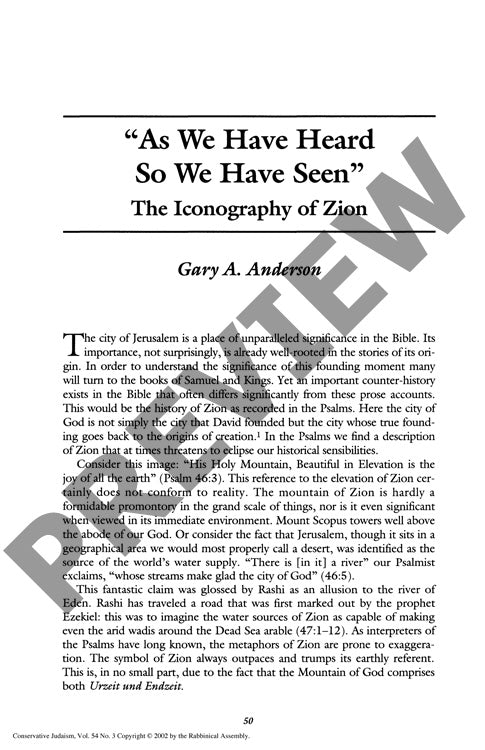As We Have Heard so We Have Seen the Ico
Couldn't load pickup availability
Biblical religion's complex relationship with visual representation extends far beyond its famous prohibition of graven images. The Psalms present a striking counter-history to Samuel and Kings through their iconographic treatment of Zion, revealing how sacred architecture mediates between divine presence and human experience. Through comparative literary analysis of Psalm 48 and Exodus 25-40, a sophisticated system of religious visualization emerges, one where Zion functions simultaneously as cosmological center and focal point for spiritual meditation. The repetitive, detailed descriptions of Temple furnishings in Exodus deliberately fracture chronological narrative time, creating a synchronic experience that enables readers to "see" God's presence through textual engagement. Close examination of the relationship between the Psalms' metaphorical descriptions of Zion and the architectural specifications of the Tabernacle demonstrates how biblical spirituality maintains an inherently corporeal dimension, with physical architecture providing tangible testimony to divine power. This iconic dimension ultimately bridges the gap between Temple-based and post-Temple Judaism, suggesting that textual engagement with sacred architecture serves as a form of religious visualization that transcends temporal and spatial limitations.

More Information
-
Physical Description
-
Publication Information
Published 2002
ISBN
-
Publication Credits
Gary Anderson

